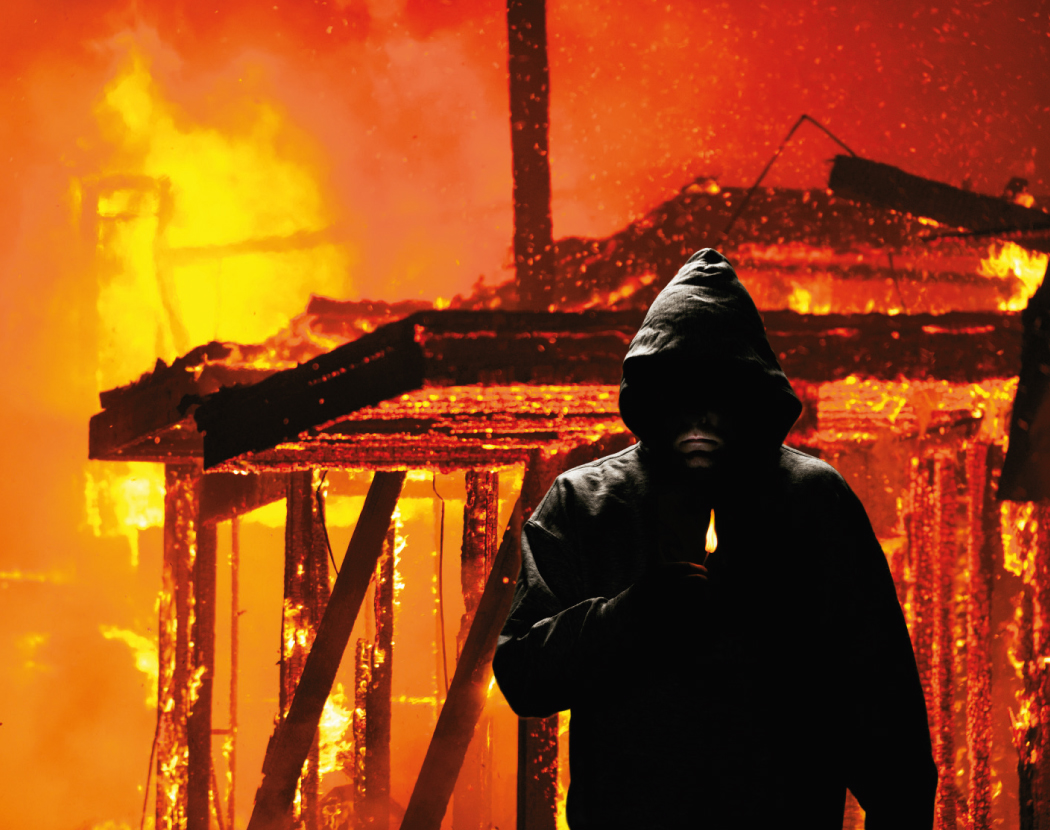 Fire claims are intimidating, complex, and downright incindiary—especially when arson is a potential conclusion. The U.S. Fire Administration estimates that one in every 10 fires in theU.S.is set deliberately. The National Fire Protection Association (NFPA) reports that at least 26,500 structures and 14,000 vehicles were intentionally set on fire in 2011 (the most recent year for which data is available).
Fire claims are intimidating, complex, and downright incindiary—especially when arson is a potential conclusion. The U.S. Fire Administration estimates that one in every 10 fires in theU.S.is set deliberately. The National Fire Protection Association (NFPA) reports that at least 26,500 structures and 14,000 vehicles were intentionally set on fire in 2011 (the most recent year for which data is available).
Even when arson is established, it can be difficult to prove that an insured set a fire, as opposed to someone else. Since many arsonists work alone and at night, witnesses can be tough to find, while the fire involved in the crime itself also destroys much of the evidence. As a result, circumstantial evidence can be critical. Debt, divorce, and financial troubles like pending foreclosure, tax liens, and bankruptcy can provide insight into the crime and motive.
In light of these challenges and in the face of wildfires and plant explosions, how can adjusters and other claims professionals ensure their investigations are thorough, accurate, and defensible in court? Let's begin with heeding lessons from a recent arson case and the warning signs displayed on the next page.
Recommended For You
Want to continue reading?
Become a Free PropertyCasualty360 Digital Reader
Your access to unlimited PropertyCasualty360 content isn’t changing.
Once you are an ALM digital member, you’ll receive:
- Breaking insurance news and analysis, on-site and via our newsletters and custom alerts
- Weekly Insurance Speak podcast featuring exclusive interviews with industry leaders
- Educational webcasts, white papers, and ebooks from industry thought leaders
- Critical converage of the employee benefits and financial advisory markets on our other ALM sites, BenefitsPRO and ThinkAdvisor
Already have an account? Sign In Now
© Touchpoint Markets, All Rights Reserved. Request academic re-use from www.copyright.com. All other uses, submit a request to [email protected]. For more inforrmation visit Asset & Logo Licensing.







